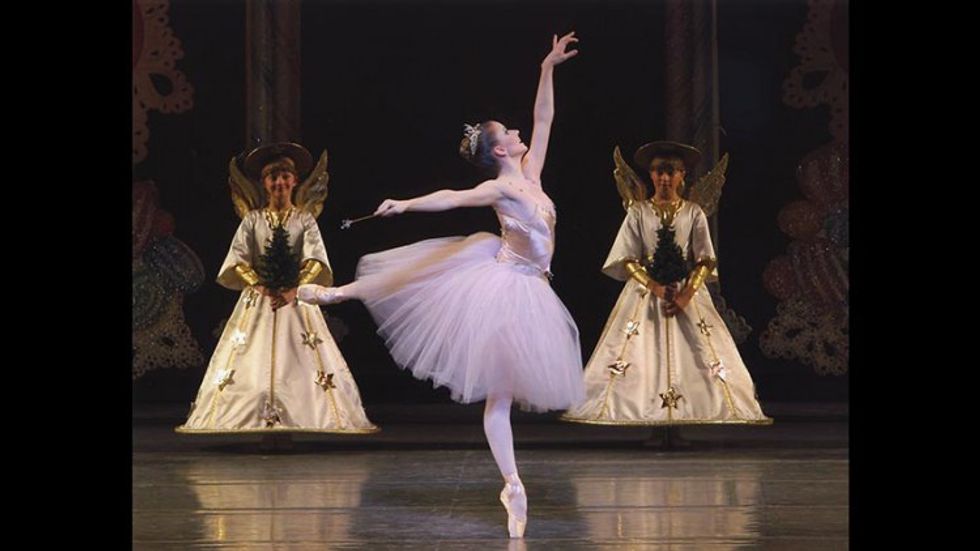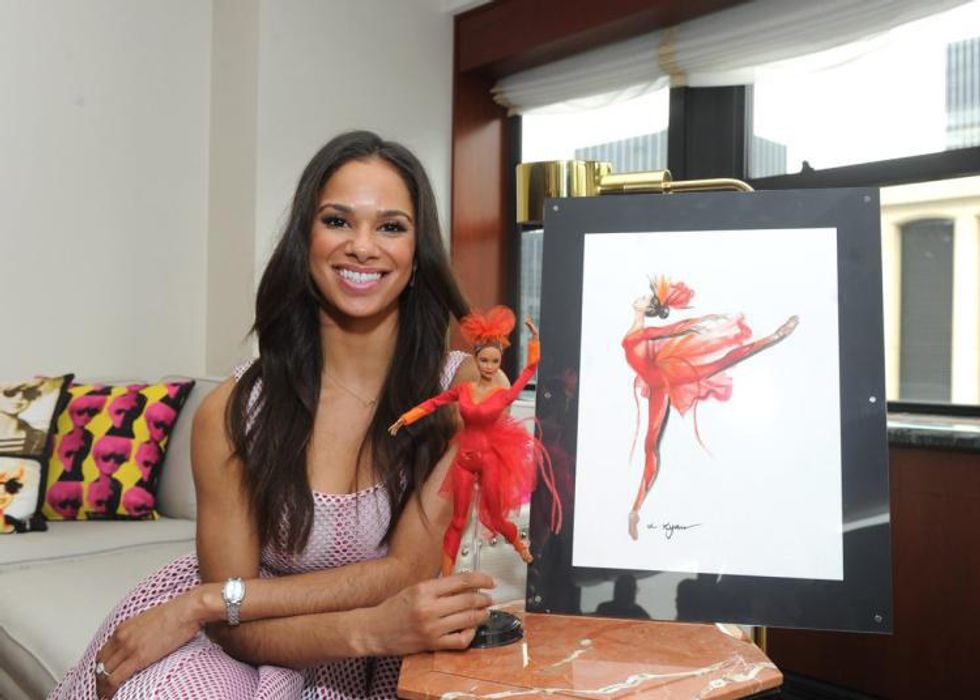If people know one name from the ballet world, that name is usually Misty Copeland. The principal dancer from the American Ballet Theatre has spread beyond just the world of ballet, not just for her dancing, beautiful though it is, but also for what she represents.
For those of you who don't know who Misty Copeland is, she is the first black female principal dancer in a major ballet company, in this case American Ballet Theatre (ABT), a company based in New York City (and that performs at the Metropolitan Opera House when in the city), although it tours extensively.
In addition to being the first black principal, Misty also challenges the idea of the traditional "ballet body." This is the so-called ideal, largely established by George Balanchine, has set the standard for ballerinas since at least the 1930s. According to this model, the ideal ballerina is thin and flat-chested with long arms and legs, a small head, etc. A lot of these are followed by ballerinas, whether enforced by their studios or just developed through years of strenuous work. However, Misty is opening the door for more muscular dancers or for those who are a bit bustier.

Misty is proof that you don't have to have a traditional build or be white to be successful in the ballet world. She's opened countless doors for girls in ballet, both in companies and in studios -- she proved that it's possible to succeed, that starting dance isn't a waste of time and/or money. There's even a Barbie version of her.
Misty's appeal has left the confines of the ballet world. Under Armour has a "I Will What I Want" campaign highlighting female athletes who don't give up or take no for an answer, and Misty was featured (not only bringing her more into the spotlight, but also bringing ballet into the world of athletics in a video that more than proves its athleticism). The ad includes a voiceover detailing the reasons why Misty wasn't supposed to succeed -- wrong feet, wrong ankles, wrong bust size, wrong age (Misty started ballet at 13, a rarity given that most professional dancers had gone on pointe, which only happens after years of training, around age 11), but it also shows that she overcame the obstacles in her way.
There's now a documentary out about her story called "A Ballerina's Tale." It is available on Netflix, and, I'm sure, other sites, as well as being available for sale. I've watched it twice, once on my own and once with my mom. Both times I was stunned by her story, her beauty, her strength. She's more than just a dancer, more than just someone shattering molds and standards. She's an inspiration to everyone.




























